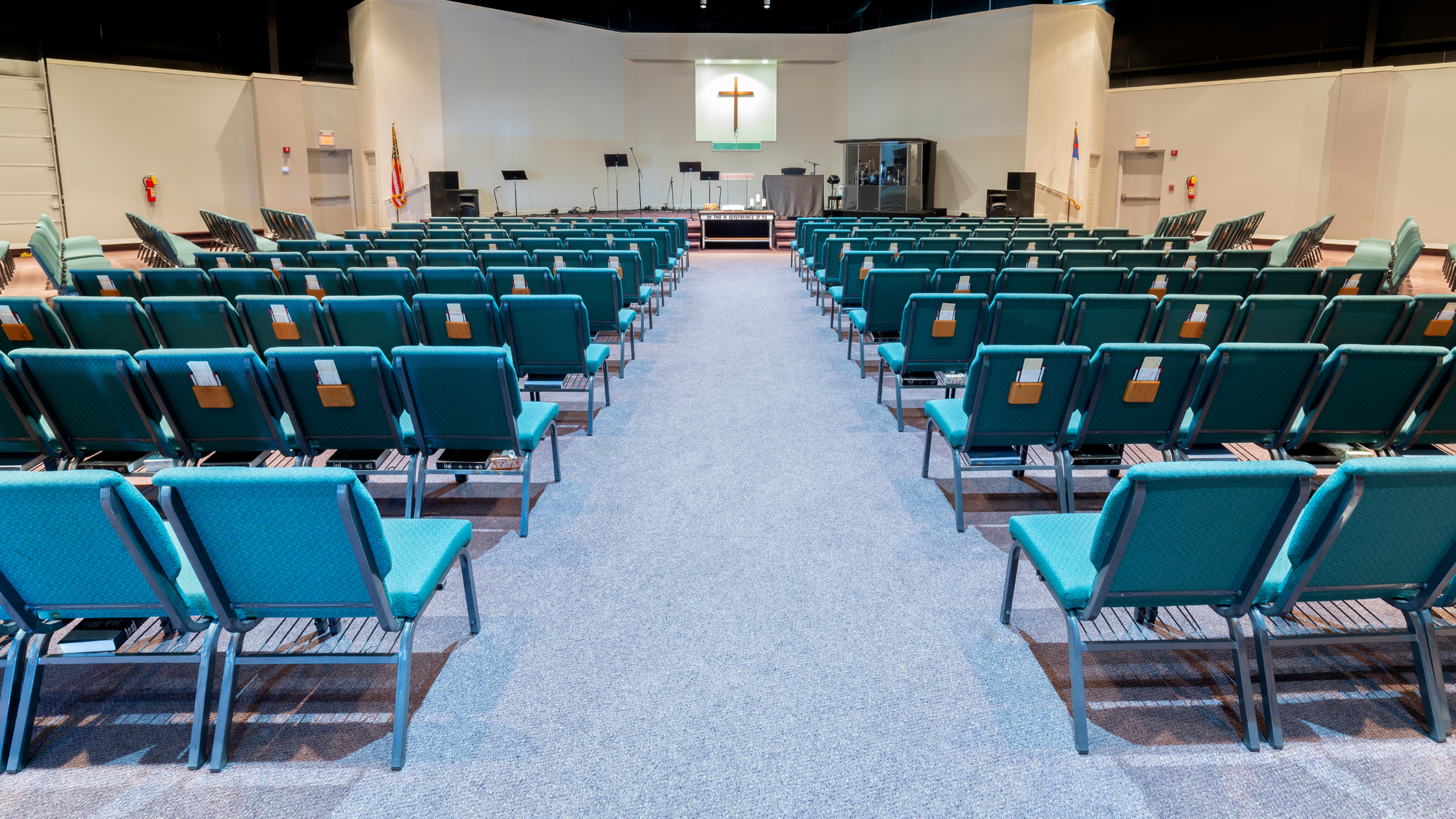Don’t get too bored reading about church facilities.
You will become interested when it’s time for a major building program.
You will be interested when you have to pay a big sum of money because little to no maintenance has been done on your church facilities.
You will definitely desire to know more about church facilities when you have to let go of personnel to pay the bills for the maintenance.
That’s why we keep talking about church facilities. Along with personnel, it’s one of the two biggest expenses churches have.
But I recently discovered an issue about church facilities that surprised me. And I wrongly thought that I knew a lot about the topic. I was wrong.
So what is the one surprising issue about church facilities?
The Surprise
I was digging into the data from the Faith Communities Study for 2020 (FACT 2020). Every five years they survey churches and produce a treasure trove of data. This particular survey included 15,278 congregations.
What surprised me about church facilities? More than one-third of churches in America do not own their facilities.
Digging Deeper
Wow. I would not have guessed it. Okay, I know. I can be a statistical nerd. Allow me to dig a bit deeper. Here is the next level of the data:
Which best describes your congregation’s relationship to its primary place of worship?
- 2% Have use of a facility for free
- 13% Rent
- 64% Owned by congregation
- 17% Owned by denomination
- 3% Other arrangements
The surprise made more sense to me when I realized that 17% of congregations are in buildings owned by their denominations. That would include United Methodist churches where the local church typically has a lot of freedom to make changes and additions to the facilities. But it includes other churches where they have to go through a denominational process to get permission to make changes or additions to the building.
The Key Reason Church Facilities Are So Important
Our fascination (obsession?) with church facilities is straightforward. Funds spent on church facilities are funds that cannot be used for personnel and ministries. We see that reality more frequently than at any other time than we can recall.
More funds for church facilities means less funds to invest in ministries.
More funds for church facilities means less funds for personnel.
More funds for church facilities means less funds for evangelism.
You get the picture.
We will continue to dig into the implications about churches that do not own their facilities. We will also be more diligent to give you updated information about church facilities in general.
Don’t get too bored with this topic.
It really is that important.







